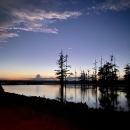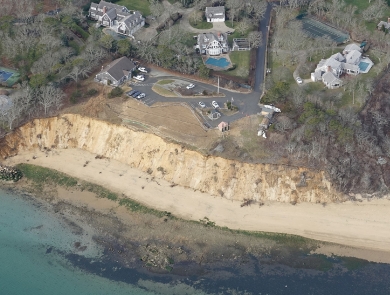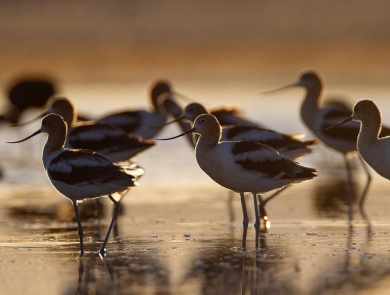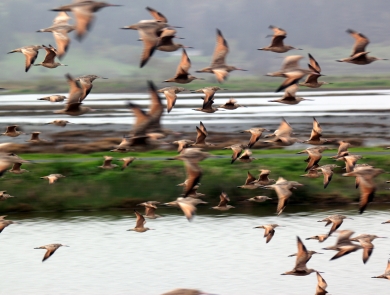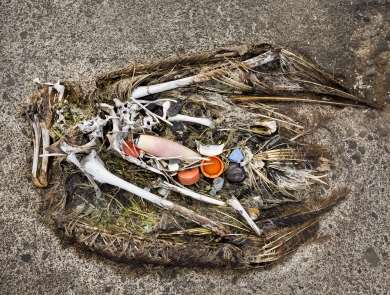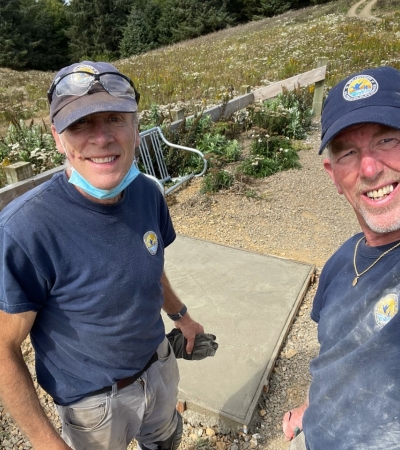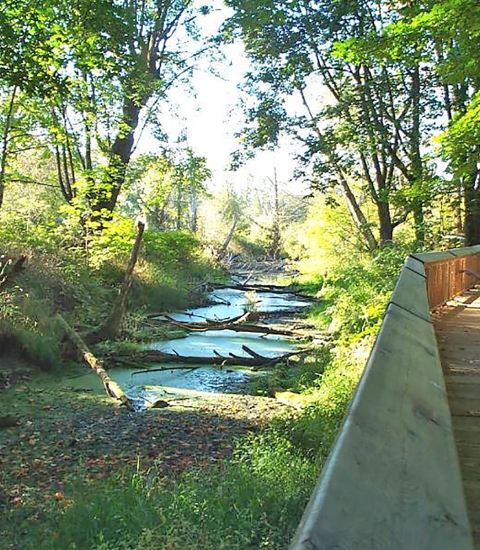Facility
Location
76 Pintail Lane
Sibley, MS 39165
United States
Volunteer Position Overview
About This Position
St. Catherine Creek National Wildlife Refuge is a 25,000-acre refuge along the Mississippi River that is renowned for its excellent birdwatching opportunities. The nature center has a small pollinator garden that needs tending during the summer.
DUTIES:
The major duties of the position include weeding, pruning, planting, and digging.
Volunteer may also help out in the office at times, helping visitors get fishing or hunting permits, dusting displays, and sweeping the front lobby and patio.
HOUSING:
With a minimum commitment of 20 hours per week for five weeks, per individual, housing is provided free of charge.
Option 1: Sheltered RV spot with full hookups including water, electric, and sewer, and a picnic table. Laundry facilities are available free of charge.
Option 2: Private sparsely-furnished 1br/ba house with bed, linens, all appliances incl. washer/dryer.
HOW TO APPLY:
Complete the volunteer.gov application. Also, please send an email to the contact expressing interest and your estimated start and end dates of availability.
Duties/Activities
Stories About Volunteering
Other Ways to Work with Us
Are you looking for something different than a volunteer opportunity? The Fish and Wildlife Service employs around 9,000 people nationwide and offers great internship opportunities every year.
